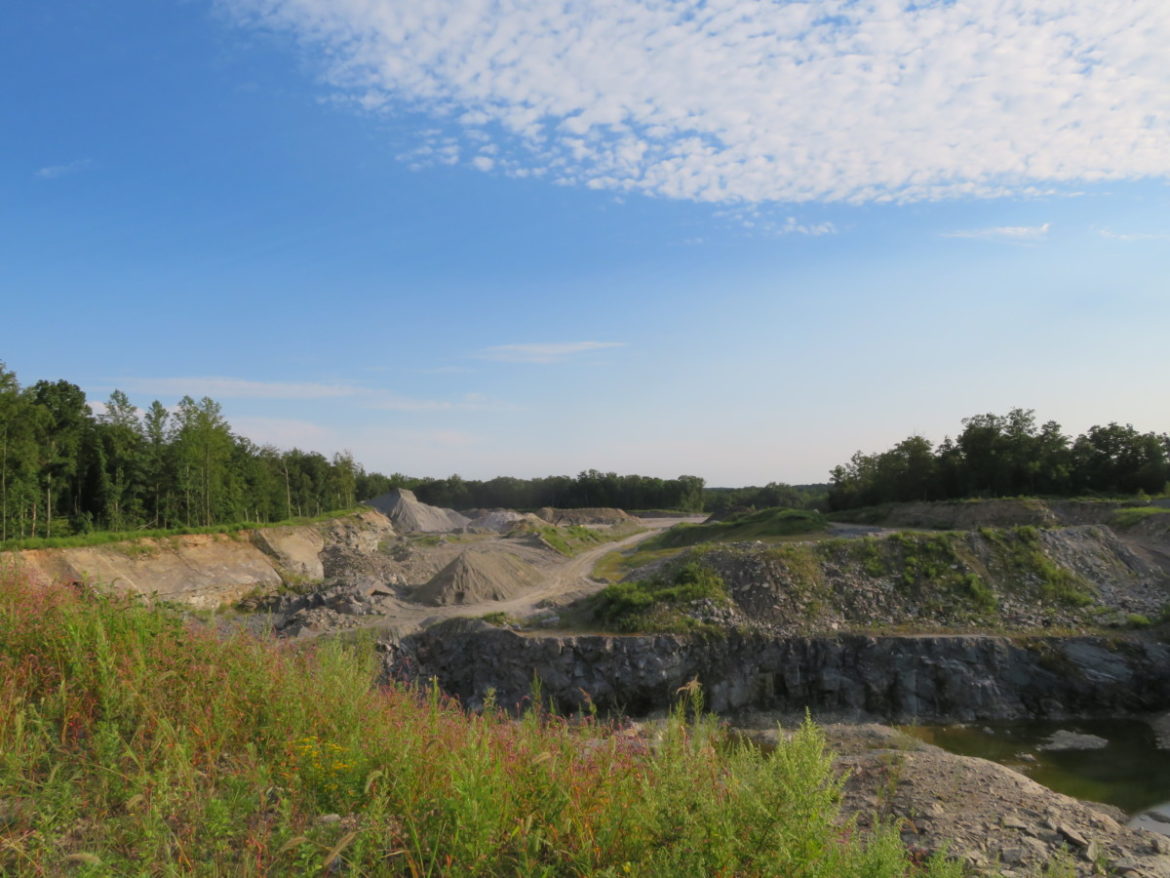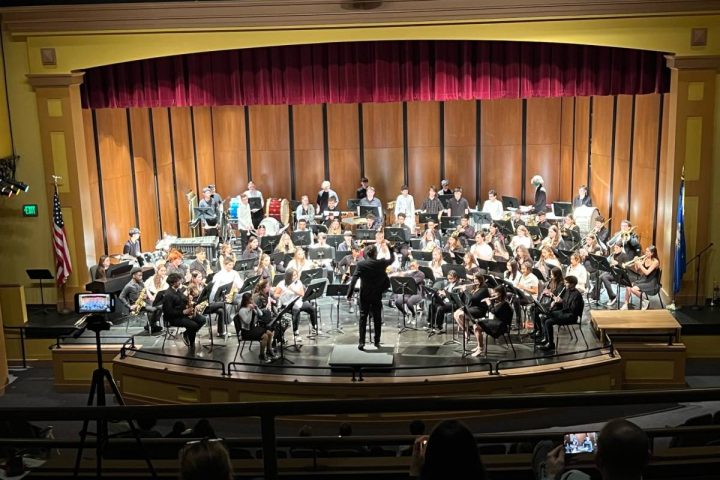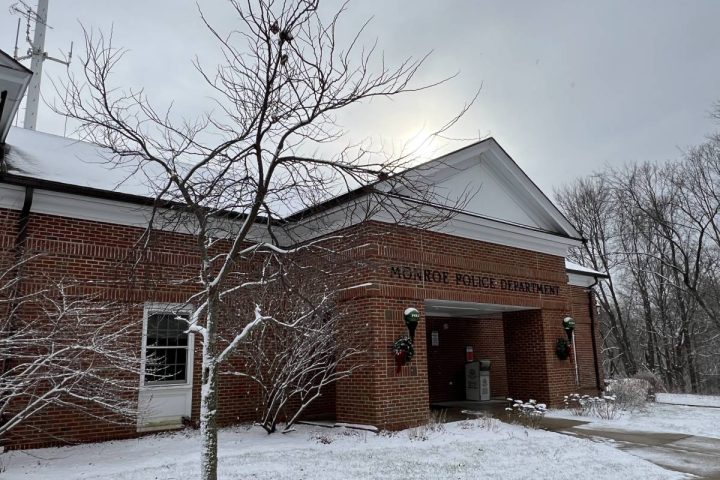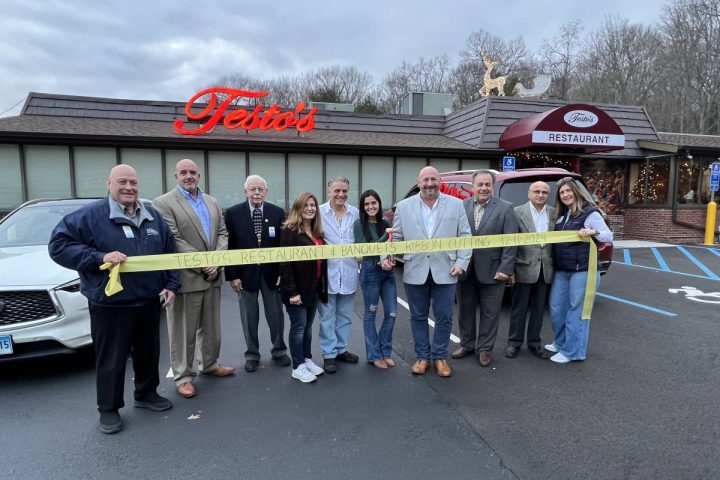MONROE, CT — Inland Wetlands Commission members are expected to vote on a written approval for a plan to restore wetlands damaged from an unpermitted quarrying operation on industrial property in the Pepper Street Business Park at their next meeting, scheduled for Sept. 8.
The industrial land at 64 Cambridge and 4 Independence drives had existing wetlands violations, and a large hole from over excavation, when it was bought two years ago by current owners, Astro Land Holdings LLC and Spacely Land Holdings LLC.
To ensure the remediation plan is carried out effectively, the commission is including a number of conditions and a $740,000 site restoration and stabilization bond. The applicant would also be required to hire a third party company to monitor the work.
Town Engineer Scott Schatzlein said he recommended the higher bond, because an entire area of the property is already disturbed, so it is a worst case scenario for restoring and stabilizing the site.
“The topsoil is the biggest number change,” he said, adding the applicant proposed 10 cents per square foot, while Schatzlein recommended 30 cents.
Due to the property’s current condition, Schatzlein said a significant amount of topsoil will be needed for ground cover to grow and stabilize, preventing erosion. Landscaping will also have to be done, according to Schatzlein.
Not all commissioners expressed support for the draft approval at the commission’s Aug. 25 meeting. Vice Chair Lois Spence said she believes the application is incomplete.
“I think we’re doing a disservice to our positions if we approve this application,” she said.
“You can’t make everybody happy,” Chairman Keith Romano said. “I didn’t think everybody was gonna be happy with this anyways. It just isn’t possible.”
“It’s not a matter of making people happy,” Spence replied. “It’s a matter of restoring what we’re supposed to be restoring.”
One of Spence’s criticisms is that Wetland 1, the largest wetland, would be dewatered with water being funneled from north to south to rehydrate the other two wetlands.
“Instead of having two destroyed wetlands, we’ll have three and we could have prevented it,” Spence said, “and that would be our fault. Our bad. And we would be responsible for that.”
Romano asked if she brought it up during the hearing. Spence said she did so several times and was ignored. She wants to deny the plan, because she said it’s “faulty”.
Romano said the applicant presented a plan to resolve all of the violations, a hearing was held and the applicant addressed “a bunch of concerns” from commissioners. Romano said he felt it was a problem to raise an issue after the hearing was closed.
“We’ve got to make a decision,” Romano said. “It’s also not our job to design this repair. It’s to represent the town.”
Romano said engineers design the plan and the commission decides if they are comfortable with it. “If this doesn’t work in five years, it’s not our failure. It’s theirs,” he said. “It’s their job. It’s their application with our input.”
“It’s supposed to be our job to determine what is minimally acceptable for restoration, so it is not their job to tell us what they’re going to do,” Spence said. “It is our job to tell them what needs to be done.”
“We’re not soil scientists,” Romano said.
Among the conditions commissioners agreed to was that all required permits must be obtained, the protocols must be accepted by the commission, and the third party monitor must be in place — at the property owner’s expense — before the pre-reconstruction meeting.
A swale must be constructed as part of the restoration, according to another condition. It must be designed to specifications approved by the town engineer, before being submitted to the IWC for a hearing.
The swale application must be filed within six months from the notice of decision, according to the commission.
The commission would also require a lot line revision, so all of the remediation activity will be on one parcel.
The commission also wants topsoil to be placed over a proposed liner.
The plan should commence within 60 days from the hiring of the third party monitoring company, according to the commission.
There seemed to be a consensus to put a five year deadline on restoring the damaged wetlands.
“If they’re doing good faith work, we can always give them extensions,” Romano said of a scenario where five years is not enough to complete the work.
“What happens if something goes wrong?” Spence asked. “What if one of the monitoring wells has contamination? What if the pump stops working? What if we find the wetlands are not being replenished or it’s doing more harm than good?”
“We have a bond and they have to come back to us to put a building on the site,” Romano said. “They’re investing in this development.”
“If there’s contamination in one year, we’re going to wait five years until they come back with a site plan?” Spence asked.
If contamination is found early on, Romano said it would be reported to the Connecticut Department of Energy and Environmental Protection, “and I can’t imagine the agency wouldn’t do something.”
Spence pointed out how understaffed the DEEP is and said if a criteria is not met, there should be some kind of repercussion. “We can’t rely on hope,” she added.
Romano said if the applicant violates the permit, the process would have to start all over again. “I think we’re over-worrying,” he said.
“I’ll back off,” Spence said. “I don’t agree, but I’ll back off.”







This application is a mess and should be DENIED as the plan is flawed, deceptive and incomplete. Any attempt to “fix” this application with ‘Conditions of Approval’ will only add to Staff responsibilities and Town liabilities. Big mistake.
It’s the duty of each IWC Commission Member to protect the water and wetlands in this community. Any Commissioner who votes in favor this application, simply not done their homework or has chosen to ignore the facts. Especially while DEEP is currently conducting an investigation of the site for accepting construction debris from a contaminated Brownfield site formerly known as Wade’s Garage, located at 2370 Stratford Ave. in Stratford, CT!!!
It’s my belief that Arnold Karp, the managing member of the LLC’s which owns the two parcels, has no intention of ever restoring these wetlands. He seems to only want to fill the crater with construction debris for which he is paid a lucrative fee to accept. And in fact, just last week, I personally discovered that Mr. Karp is still actively $elling and exporting native natural material from 64 Cambridge. If Mr. Karp is really interested in remediating this site, then he would not be currently engaged in selling/exporting the good native natural material.
I have informed both Town Staff and the First Selectman of Mr. Karp’s intentional violation of the Cease & Desist order currently in place, with no response from either. Citations should be issued.
Thank you for clarifying the main points in the hard-to-follow IWC discussion in its most recent meeting on a proposed approval of a wetlands restoration plan for the unpermitted quarry on Cambridge Drive. Commissioners struggled to agree on desired language as they worked from slightly different drafts of possible conditions on the approval. Moreover, from the start of this process it has been unclear who has authority over what. The Sun article touched on this point in reporting that Chairman Keith Romano stated that DEEP would step in if contamination were found. “I think we’re over-worrying,” he said. Vice Chair Louis Spence was distinctly less optimistic that emerging problems would be solved by DEEP or the applicant himself. In my outsider’s view, the history of the site does call for caution — perhaps a stipulation that any work that is not expressly approved will need a permit. In reality, actual “restoration” of the high-quality waters on this land is impossible. The best hope is for limited repair and no further destruction. The IWC faces tough decisions.
So when do we sue the original owners who destroyed the wetlands and violated the conditions of approval? Those are the ones who need to be held to a standard. And what actions are you putting inlace to assure that someone from the town is monitoring these illegal quarries?
Why is the Wetlands Commission ignoring the most obviously “absent” component to this application that is– How much water is currently in the hole and where will it go??
This application simply lacks the necessary calculation to determine the Current Water Volume in the hole and the volume of water Wetland #1 can tolerate. Thus, the application is incomplete.
For example–If the current footprint of the “pond” is 100,000 sq. ft. and it 30 feet deep, then there is currently 3,000,000 cubic ft. of water sitting in the hole. That equates to roughly 22.5 million gallons of water that would need to be pumped into swales that will eventually drain into wetland #1. (3,000,000 x 7.48= 22,440,000 gallons)
I think this is a conservative number, considering the footprint of the hole is obviously larger than 100,000 sq. ft. and the water level is clearly deeper than 30 ft.
I also want to add that it’s never a good idea to rely on an understaffed government agency (DEEP) to act as a watch dog to police the actions of an applicant who disdainfully ignores and violates Monroe’s current and desist order. Chairman Romano must have fatigued after a long night of discussion when he stated “I think we are over-worrying”. You can never over-worry when it comes to water.